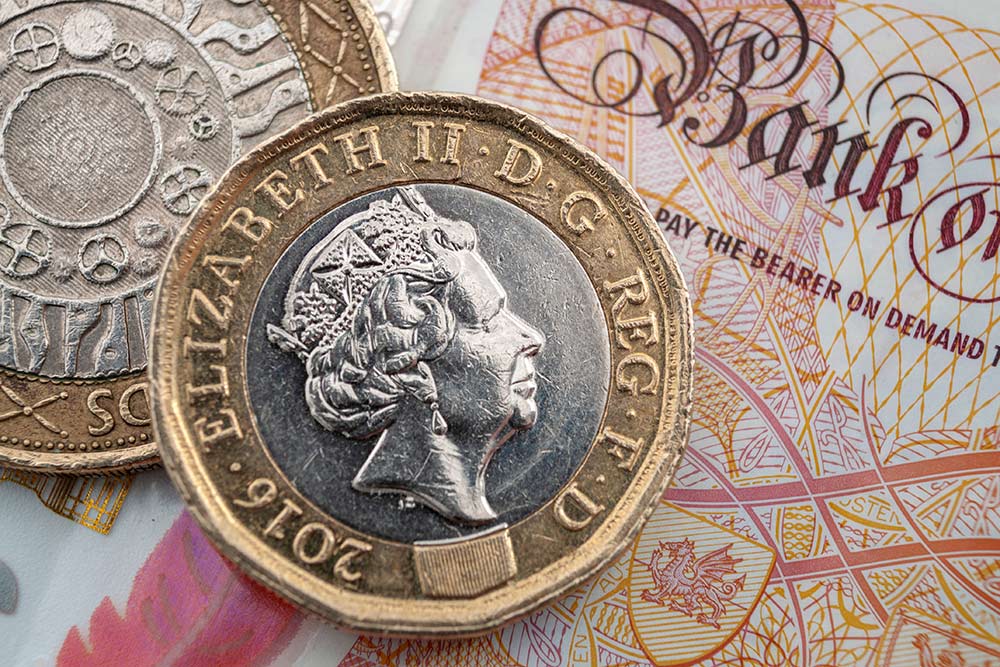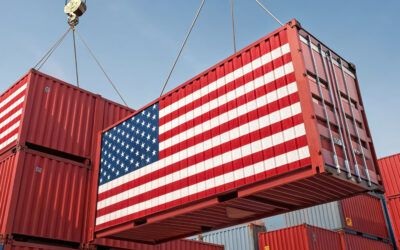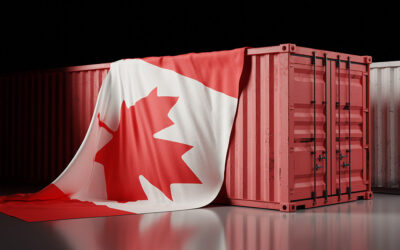The Pound, Imports And Exports
The last few weeks, and months for that matter, have been an unprecedented time in British politics, with the financial markets and currency exchange reacting accordingly.
Following the mini budget, its reversal, a prime minister’s resignation, and a new one being appointed, the pound has slightly recovered against the dollar and euro in the past couple of days.
The strength of the pound clearly has a contrasting impact on imports and exports. Import products cost the UK more when the pound weakens, but our exports become cheaper to overseas buyers.
Below is a guide to how this translates to the exchange rates from this time last year.
US Dollar
This time last year the rate was around $1.38 to £1.00. Right now, that rate is around $1.16 for every pound. Therefore, a product valued at $10,000 bought last year would have cost £7,246. Bought today it costs around £8,620, a rise of approximately 19%.
Whereby, a £10,000 UK product being sold to a country trading in USD would have cost them around £13,800 last October, but will now cost 16% less at £11,600.
Of course, none of these figures take the high rates of inflation into account, they purely demonstrate the impact of the exchange rates.
Euro
There is very little difference in sterling rates against the euro, compared to the same time last year. The current exchange of around €1.15 to £1.00 is not significantly different to the €1.18 of then. In fact, for the vast majority of the past twelve months the rate has been between €1.14 and €1.20, meaning the cost of import and export products have not been majorly affected by currencies.
For more information on the above, please do not hesitate to contact a member of the Atlantic Pacific team.





